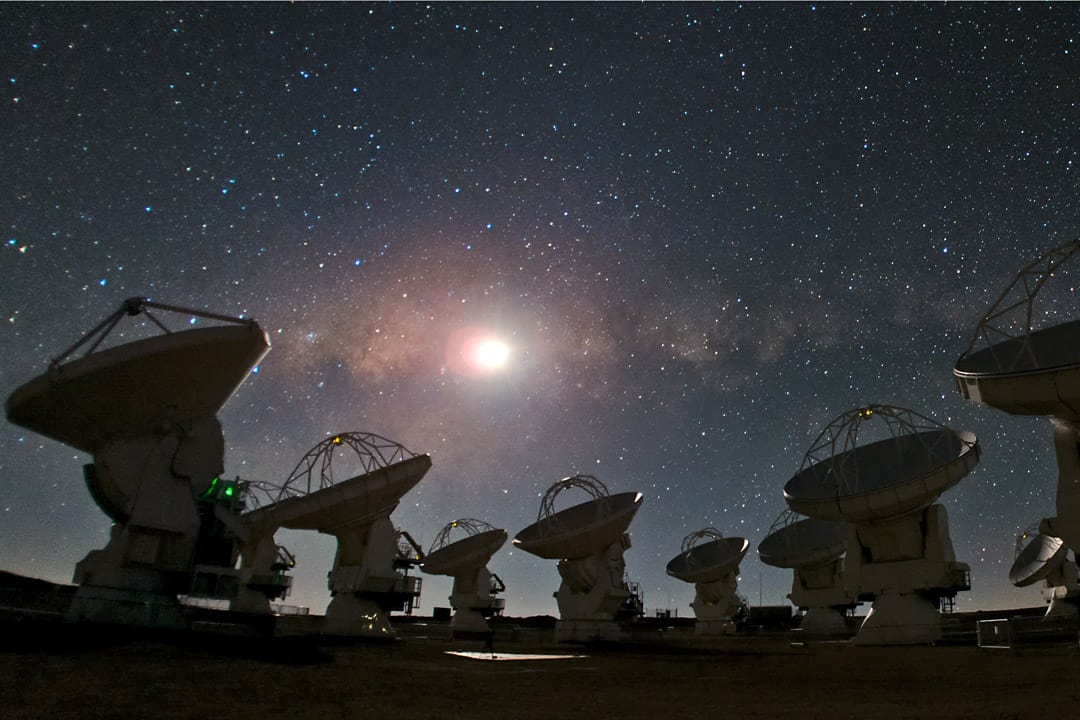The Department of Astronomy & Astrophysics is planning to replace the current Astronomy & Astrophysics Building with a new structure that includes a planetarium, which could become a tourist and cultural centrepiece in Toronto.
The proposed construction is at 50 St. George Street, where the facility is currently located.
According to Raymond Carlberg, Chair of the Department of Astronomy & Astrophysics, the new planetarium will seat around 150 people, six times more than the 25-person capacity of the department’s current planetarium. Blueprints for the planetarium could be finalized as early as 2020.
The planetarium attracts students and the general public for its shows like the Grand Tour of the Cosmos and The Life and Death of Stars, which are usually led by U of T graduate students.
However, the current theatre has limitations.
It is not wheelchair-accessible, and requires patrons to plan early to avoid the dreaded ‘bad seats,’ where catching a glimpse of the stars comes with a side of neck tension.
According to Carlberg, the new planetarium would also improve pedagogy.
“In Canada, most of the planetariums are in things like the Ontario Science Centre — but they don’t have an academic use there,” said Carlberg. “We’re not looking to do what Ontario Science Centre does, which is orient it to the public at large. We’re interested in giving students the best possible education.”
In addition to providing one-of-a-kind learning opportunities for their students, the department hopes that the new planetarium will be a forum for reconciliation and Indigenous education.
“Indigenous people… have a sky lore of their own,” explained Carlberg.
“We have a sky lore with our Greek and Roman constellations and they have theirs. In fact, there [are] several, for different native communities across North America because they each have their own stories. So that’s a thing we would like to do, is reach out to folks and to try to help them succeed within the University of Toronto.”
The department is now in the ‘idea stage’ of the design process. Since the current Astronomy & Astrophysics Building would have to be demolished to build the planetarium, there is discussion over other potential features of the building including an observatory, faculty offices, and teaching labs.
Though details are sparse, the department hopes that the new facility will be an architectural landmark whose purpose goes beyond the scope of astronomy, from visualizing climate data to exploring the neural networks of the human brain.


